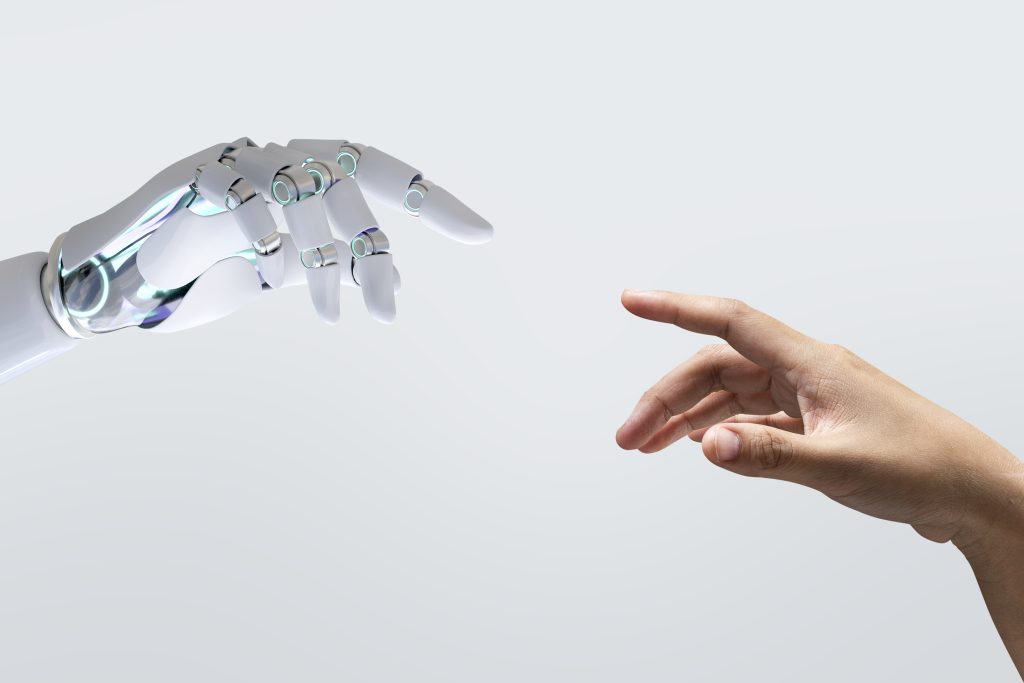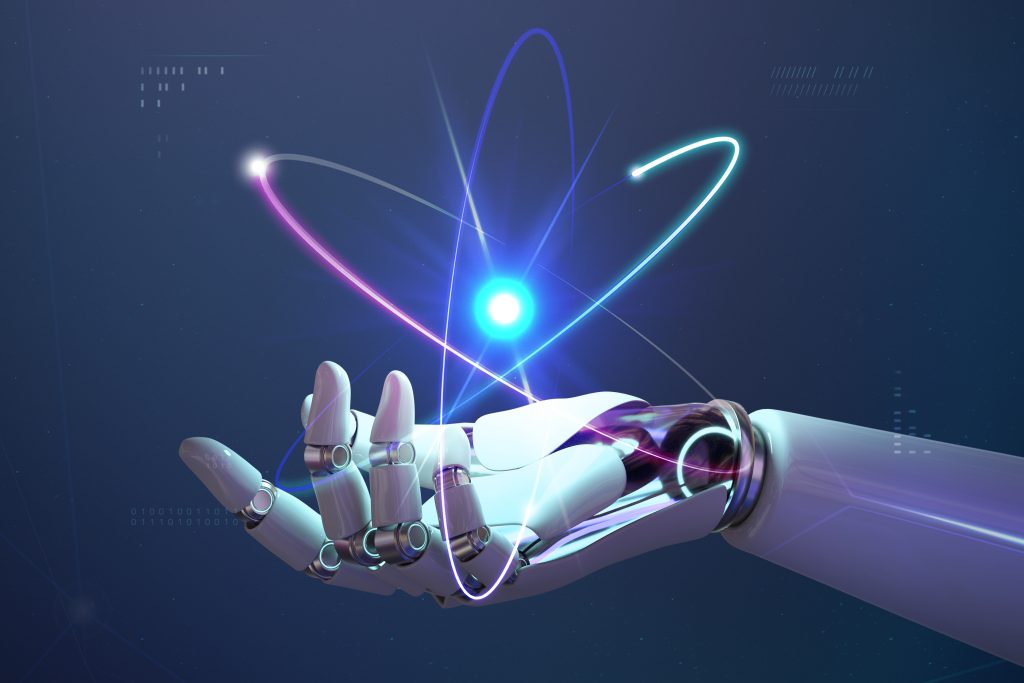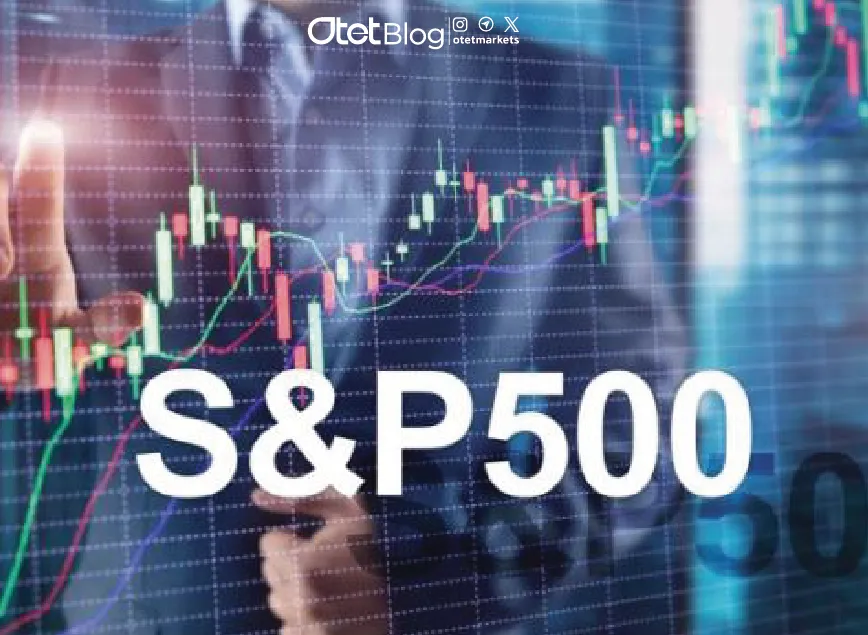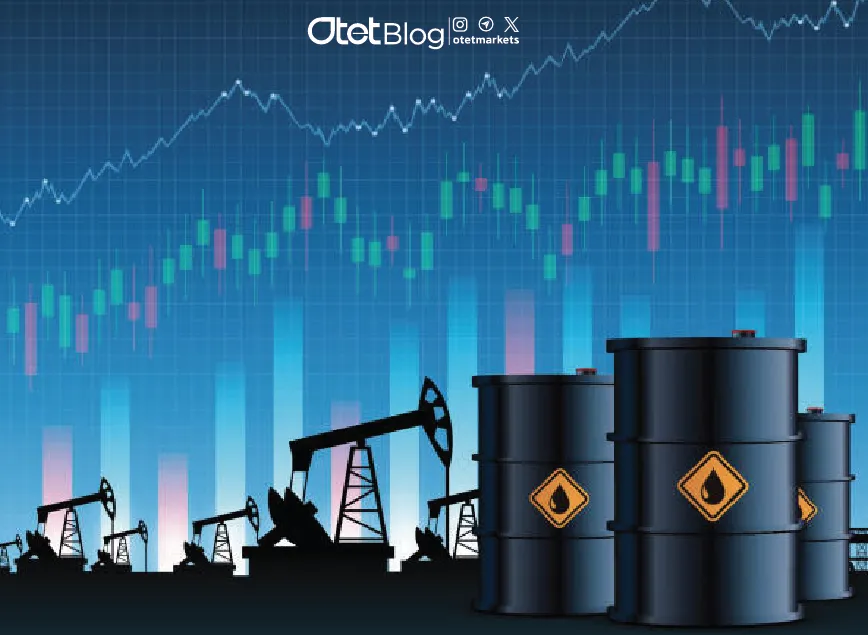
The Future of AI in Financial Markets: A Quiet Revolution in Trading
Estimated reading time: 6 minutes
Table of contents
Artificial Intelligence (AI) — once a concept from science fiction — is now one of the most powerful forces shaping our everyday lives. Nowhere is this transformation more visible than in the financial markets. From lightning-fast trades to advanced risk models, AI in financial markets is rewriting the rules of finance.
Let’s explore how this game-changing technology is reshaping the way we trade and manage risk.
The Impact of Artificial Intelligence on Financial Markets
Algorithmic trading, or AI-powered trading, is a method that employs computers and complex algorithms to automate financial transactions. These algorithms analyze vast quantities of data, such as historical prices, market trends, and economic indicators, to identify patterns that can be used to predict future market movements and execute profitable trades.
AI’s ability to rapidly and accurately process enormous amounts of data makes it a powerful tool in the trading world. AI can detect patterns in data that are imperceptible to humans. Consequently, it creates more trading opportunities. In recent years, advancements in machine learning have significantly enhanced the complexity and accuracy of trading algorithms. These advancements empower traders to make more confident decisions and reduce their trading risks.
📊 The Rise of Algorithmic Trading
AI has given birth to algorithmic trading, where computers follow predefined rules to buy or sell financial assets. These rules are created by analyzing:
- 📉 Historical price trends
- 📈 Market indicators
- 📰 News & sentiment
Benefits of Algorithmic Trading:
- ⚡ High-speed execution
- 🎯 Precision-based strategies
- 🧠 Pattern detection beyond human capability
Rapid Changes in Financial Markets Due to AI
The key technologies employed in AI trading encompass machine learning, natural language processing, and big data analytics. Machine learning algorithms are utilized to analyze vast datasets, identify patterns, and make trading decisions. Natural language processing is commonly used to analyze news articles and other informational sources, identifying market trends and opportunities. Big data analytics is tasked with analyzing massive volumes of data to pinpoint market patterns and trends.
Simplified Breakdown for Beginners
- 🤖 Algorithmic Trading: Computers follow instructions to buy/sell automatically.
- 🧠 Machine Learning: AI improves over time based on data — like a trader that gets smarter with experience.
- 📊 Data Processing: AI reads and reacts to more information than any human could.
Beyond these core technologies, AI trading platforms leverage advanced algorithms to automate trades. These algorithms are designed to capitalize on emerging market opportunities. Consequently, this intelligent approach empowers traders to make more informed decisions and enhance their profitability.
In summary, the future of AI trading is advancing rapidly, offering a wide array of benefits to traders. By harnessing algorithms and advanced technologies, traders can swiftly and accurately analyze substantial volumes of data. As a result, they can identify market trends and opportunities and implement automated trading strategies.

Algorithmic Trading Strategies
| Technology | Role in Trading |
|---|---|
| Machine Learning | Learns from market data and improves over time |
| Natural Language Processing (NLP) | Analyzes news, tweets, reports for sentiment & trends |
| Big Data Analytics | Processes massive datasets to detect hidden patterns |
Algorithmic trading strategies are a set of rules and instructions that guide a program to execute trades automatically. These strategies help traders make informed decisions based on market data.
Machine Learning in the Future of AI
Machine learning is assisting traders in developing more sophisticated trading models that can analyze vast amounts of data in real time.
Data Processing with AI
The future of AI is heavily reliant on data processing to make informed decisions. Data processing involves collecting, analyzing, and interpreting large volumes of data to identify patterns. In financial markets, AI identifies various data to analyze market trends, which can lead to more opportunities and informed trading decisions.
Read More: Artificial Intelligence in Financial Markets: Jobs and Future
Simplified Explanation
Algorithmic trading is like having a computer follow a set of rules to buy or sell stocks automatically. These rules are based on data and analysis.
Machine learning is a type of AI that allows computers to learn from data without being explicitly programmed. In trading, this means computers can get better at predicting market movements over time.
AI helps traders by processing a lot of information very quickly. It can find patterns in data that humans might miss, making it easier to make good trading decisions.
Risk Assessment Models
AI isn’t just about profits — it’s about managing risk smartly.
🔍 Common Risk Models:
- 📈 Statistical models (based on probabilities)
- 🤖 Machine learning models (based on data patterns)
- 🔁 Hybrid models (combining both)
Stress Testing:
Traders can simulate extreme market conditions to test how strategies hold up. This helps identify weaknesses before they become losses.

The Future of AI in Financial Markets
With the growing popularity of AI-driven dollar earnings, the algorithms used in trading are also evolving. Traditional algorithms based on technical analysis are now being replaced by machine learning algorithms. These algorithms are capable of analyzing vast amounts of data and identifying patterns that are invisible to human traders. This enables more accurate predictions and faster decision-making by traders. Additionally, deep learning algorithms are also under development. These algorithms are capable of learning from past data and making predictions based on it. This means they can adapt to changing market conditions and make more accurate predictions.
AI’s Impact on Financial Institutions
According to a Deloitte report:
| Metric | Projection |
|---|---|
| 📈 Productivity boost | +27% to +35% |
| 💰 Additional revenue | $3.5 million per front-line employee (by 2026) |
AI will boost efficiency, reduce manual work, and enable smarter, faster decision-making.
Drawbacks of AI in Financial Markets
One of the challenges in this area is the lack of interpretability of AI trading models. AI models can be complex, making it difficult for traders to understand the decisions made by the algorithm. This can lead to a lack of trust in the AI model and make it difficult for traders to make informed decisions.
Additionally, AI models may encounter discrepancies and inaccuracies in data, which can lead to incorrect predictions. Therefore, it is essential to ensure that the data used to train AI models is accurate and up-to-date to prevent incorrect predictions.
Final Thoughts
AI is redefining the financial markets — from how trades are executed to how risks are managed. As these systems continue to evolve, traders who adapt will gain a critical edge.
Takeaways:
- 🔍 AI enhances speed, accuracy, and profitability in trading
- 📈 Machine learning offers adaptive strategies for volatile markets
- 🛡️ Risk models and stress testing protect portfolios
- ⚠️ Transparency and data integrity are essential for long-term success
The future of trading is already here — and it’s powered by Artificial Intelligence. 💡
Share
Hot topics

Federal Reserve’s Challenges to Trump’s New Policies
As the Federal Reserve Open Market Committee (FOMC) prepares for its upcoming meeting, all eyes are on how the Fed will respond to Donald Trump’s latest economic policies. With the...
Read more




Submit comment
Your email address will not be published. Required fields are marked *